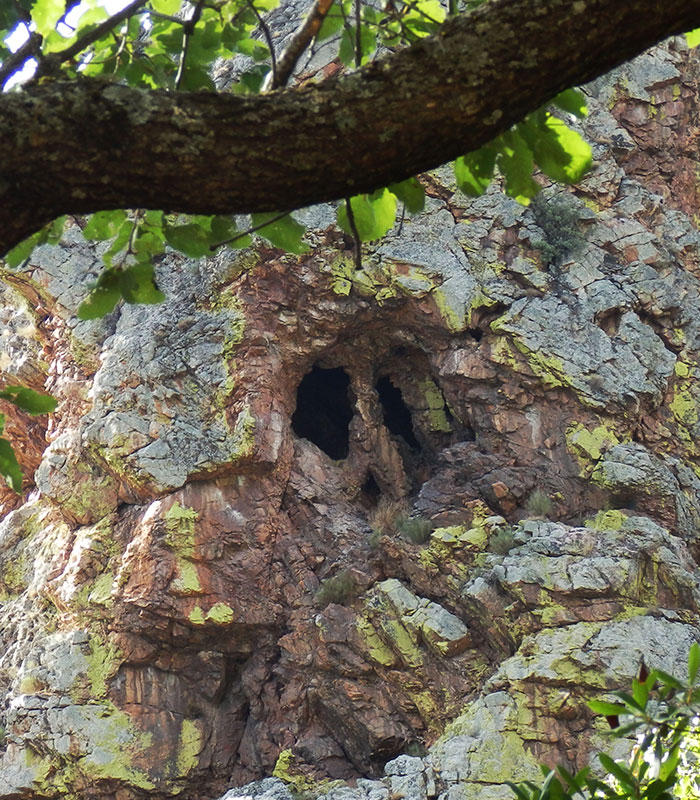The subsoil of the Villuercas-Ibores-Jara Global Geopark of the UNESCO conceals rich mining resources which since antiquity have attracted the attention of the various peoples who inhabited this territory. However, it was not until Roman times that large-scale projects were undertaken to extract minerals from the bowels of the earth. Tin, iron, and copper were some of the coveted metals which could be obtained in the area. Evidence of this major mining activity constitutes some of the most interesting remains to be found in the Geopark.
As early as the 1st century A.D. the Greek traveller, historian, and geographer Strabo, in a volume devoted to Iberia of his great work Geography, described the foothills located on the north bank of the River Anas (the current Guadiana) as “metal-bearing hills which extend as far as the Tagos (Tajo)”. This reference included the territory of the Villuercas-Ibores-Jara Global Geopark of the UNESCO.
One of the sites which can be considered to have been a true mining centre two millennia ago is the geosite of the Cerro de San Cristóbal. The mineral richness of this enclave is based particularly on its abundance of cassiterite, a mineral of tin. In pre-Roman times this metal was already of crucial importance as together with copper it was part of the alloy which gave rise to bronze. For this reason it is assumed that the Roman mines which existed on this site were preceded by others which had been operating more than a millennium previously.

